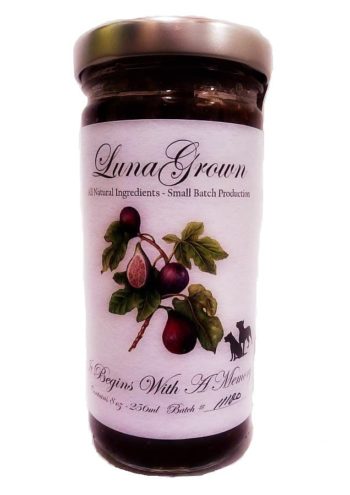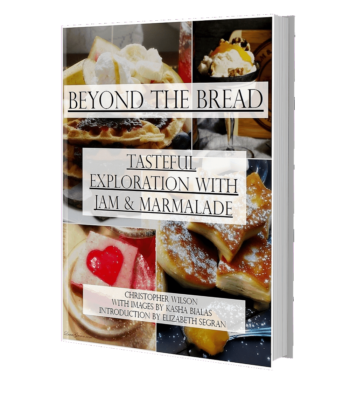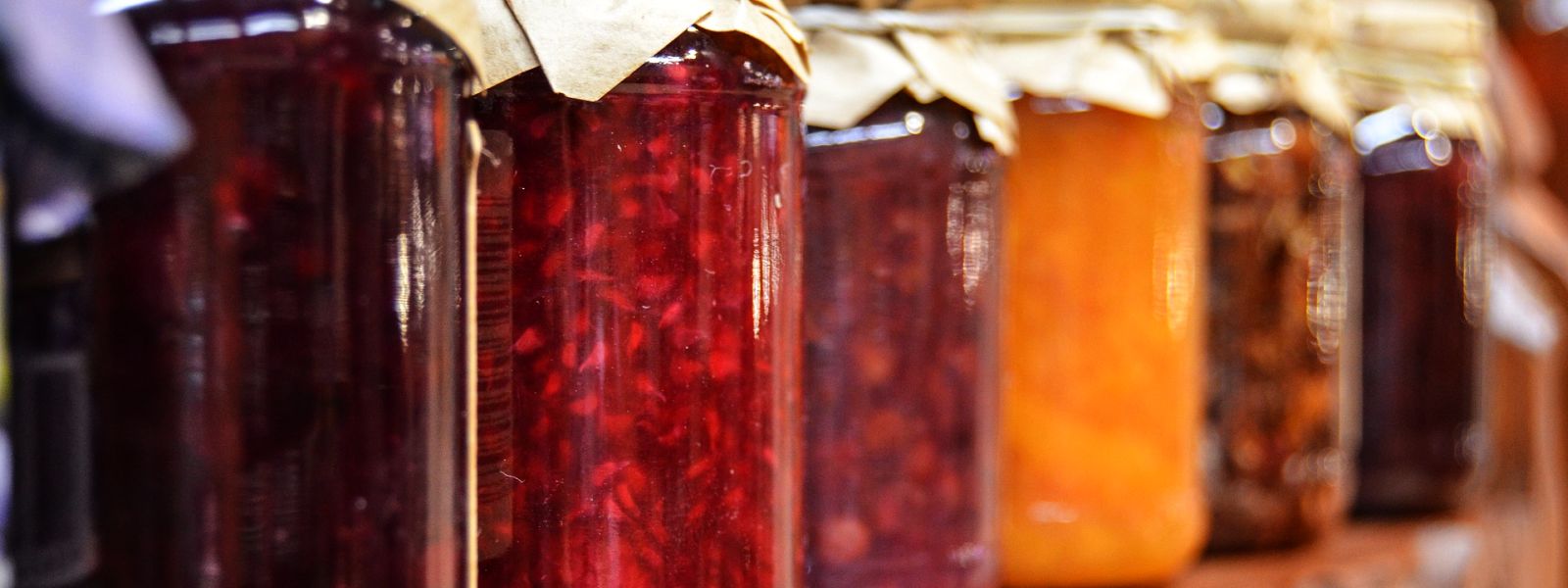
Decoding the Labels: What’s Really in Your Favorite Jam?
When it comes to jam, the main ingredients most people think of are fruit and sugar. However, the ingredients list on the back of a jam jar often reveals a slew of additives. Among these are pectin, a natural substance used to thicken the jam, and citric acid, which acts as a preservative and enhances flavor. High fructose corn syrup is commonly found as a cheaper alternative to sugar and can significantly hike up the sweetness level.
In addition to these ingredients, many commercial jam manufacturers also include artificial flavorings and colorings in their products to make them more appealing to consumers. Some such additives, like Red 40 and Yellow 5, have been linked to adverse health effects in some studies. Additionally, a closer look at the label might reveal a mysterious ‘natural flavors’ ingredient. This is a catch-all term that can include anything from essential oils and spices to a component derived from animal products.
Even organic and ‘all-natural’ jams may not be as wholesome as they appear. These products can still contain added sugars, often disguised under names like ‘fruit juice concentrate’ or ‘evaporated cane juice’. Though these sugars come from natural sources, they still have the same effect on your body as regular sugar.
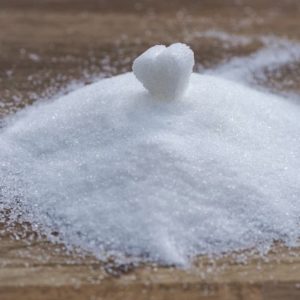
This brings me to the question of why some tasted great and some not so great. What was in them that made a difference? I discovered that most of the products I enjoyed were made the same way my grandmother made them (yes I know everyone says that but it’s true) Fruit, sugar, pectin, and citric acid (or Lemon Juice). Here is some ingredient information to consider when you are purchasing your Jam and Jellies. Here are some popular ingredient labels below.
Smucker’s Simply Fruit
Fruit Syrup, Strawberries, Lemon Juice Concentrate, Fruit Pectin, Red Grape Juice Concentrate added for Color, Natural Flavors.
Smucker’s Strawberry Jam
Strawberries, High Fructose Corn Syrup, Corn Syrup, Sugar, Fruit Pectin, Citric Acid.
Smucker’s Strawberry Preserves
Strawberries, High Fructose Corn Syrup, Corn Syrup, Sugar, Fruit Pectin, Citric Acid.
Kraft Strawberry Jam
Sugar, strawberries, water, citric acid, fruit pectin
Bonne Maman Strawberry Preserves
Strawberries, Sugar, Cane Sugar, Concentrated Lemon Juice, Fruit Pectin.
Homemade jam ingredients
Fruit, sugar, pectin, lemon juice.From Dr. Wendy.
“I have to say that I am highly disappointed in Smucker’s. When you watch their commercials on television, it sounds and looks like Smucker’s preserves are a good wholesome food. That is not the case. The Simply Fruit label begins with fruit syrup – what is that? What is in fruit syrup? Due to the word “syrup”, I am assuming there most likely contains some type of corn syrup. What kind of fruit? Since jams/jellies/preserves are sweet, I can guarantee there is a lot of sweetener in fruit syrup. And, what are natural flavors? I am fairly certain it is not fruit or it would be clearly stated on the label. On to the Jam and Preserves. Did you notice that the ingredients are exactly the same? What is the difference between Smucker’s Jam and Preserves? I do not know. Both products contain both high fructose corn syrup (which we should NEVER eat) and corn syrup (listed twice on each product on the Smucker’s website) and sugar. That is a lot of sweetener. After looking at these labels I felt the need to continue my search.
Kraft Strawberry Jam was the next item in my search. The ingredients looked fairly straightforward. I can pronounce all the ingredients – which is a good thing. The citric acid is a laboratory-created substitute for lemon juice. I would have preferred to see lemon juice on the label, but after looking at Kraft compared to Smucker’s I know which of the two I would pick.
I went to Bonne Maman’s website and again, I can pronounce all of the ingredients and they do use lemon juice.
Please remember: If you can’t pronounce it, don’t eat it. If you don’t understand the ingredients, don’t eat it. And, if it contains high fructose corn syrup, don’t eat it.”
Dr. Wendy has some good points and I agree with her. However, truth be told we buy what we can afford and what we want now, not what we want later, with a few exceptions. Also, most consumers don’t look at the labels and consider the health implications, we just trust the food companies. So I have defined most of those terms above for you. Now you’ll know what’s in your Jam!
Some of you might purchase your Jams for the flavor and some might be Jam connoisseurs while others will be satisfied with a good old jar of Welch’s Concord Grape slapped on some Wonder Bread with Peanut Butter, either way you have a right to know what’s in the product you are putting into your body.
Definitions of Some Jam Ingredients
Fruit syrup – as a food ingredient is usually a concentrated juice from a less-expensive fruit (apple, pear, or pineapple) used to sweeten and extend the quantity of more expensive products. A typical use would be for an “‘all-fruit’ strawberry spread” to include apple juice, as well as strawberry.
Natural flavor – You can read the “Formal” definition if you want below. To make this easier to understand the term ‘natural flavor’ is used to describe added flavor to your product made from naturally occurring things such as tree bark, insects, animal parts (beaver anus glands).
The United States Code of Federal Regulations (21 CFR 101.22, and 21 CFR 182.10) gives the following definition: “The term ‘natural flavor’ or ‘natural flavoring’ means the essential oil, oleoresin, essence or extractive, protein hydrolysate, distillate, or any product of roasting, heating or enzymolysis, which contains the flavoring constituents derived from a spice, fruit or fruit juice, vegetable or vegetable juice, edible yeast, herb, bark, bud, root, leaf or similar plant material, meat, seafood, poultry, eggs, dairy products or fermentation products thereof, whose significant function in food is flavoring rather than nutritional. Natural flavors include the natural essence or extractives obtained from plants listed in sections 182.10, 182.20, 182.40, and 182.50 and part 184 of this chapter, and the substances listed in section 172.510 of this chapter.” Frontier follows the CFR definition.
Meaning there has been a substance derived from what is considered a natural source, added to a product to enhance or add flavor.
Pectin – any of various water-soluble colloidal carbohydrates that occur in ripe fruit and vegetables; used in making fruit jellies and jams. Found in ripe fruits, such as apples, plums, and grapefruit.
There are different types of pectin and different chemical make ups. The main differences are fruit pectin made with dextrose as an ingredient (usually relying on sugar as an activator) or ‘all purpose’ fruit pectin that has no additional ingredients, often used for low or no sugar recipes but can be used for all purposes (this type usually relies on Calcium as an activator) if you are uncertain please read the ingredient label. These different fruit pectin also have different processing procedures You may find that some Jams or Jellies do not use pectin at all. Most marmalade’s will not have added pectin in them if they are processed over a long period of time. Thus allowing the natural pectin of the fruit to solidify the product.
- At LunaGrown Jam we add pectin to our product, our pectin contains the following: 100% pure citrus pectin, which is vegan, gluten free, and GMO free. There are no additives, preservatives, sugar, or dextrose. There are no corn or apple by-products.
There currently is no tested or approved USDA Certified Organic Pectin available. Meaning that no pectin is 100% organic. Please also note that not all pectin is gluten free. An important consideration for those avoiding gluten in their diets.
Lemon Juice – I guess the first question would be why? Well Lemon juice not only enhances the flavor of the jam by balancing the sweet with the bitter, but also assists in color retention. (if you slice apples they turn brown, but if you sprinkle lemon juice on them they don’t). If you are thinking that a jam containing Lemon juice happened because someone squeezed a lemon over the pot, you might be a bit dismayed to find out that isn’t how it works on a commercial scale. Also the acid from the fruit juice is used as a natural preservative.
Lemon Juice, Lemon Juice Concentrate, Citric Acid :
Lemon Juice – 100% pure lemon juice, also containing Lemon oil and Potassium Metabisulfite.
Lemon Juice Concentrate – is a natural product obtained by partly evaporating the water from the freshly squeezed juice of naturally matured lemons. The juice is pasteurized and then concentrated and frozen.. It contains no artificial sweeteners or other additives.
Citric acid is a weak organic acid derived from citric fruits such as lemons, limes or oranges. It is a natural preservative/conservative and is also used to add an acidic, or sour, taste to foods and soft drinks. In biochemistry, the conjugate base of citric acid, citrate, is important as an intermediate in the citric acid cycle, and therefore occurs in the metabolism of virtually all living things. It is important to note that Citric Acid will not add a ‘lemony’ flavor as lemon juice will to some jams. Even the slightest bit of lemon can become overpowering when working with certain fruits.
Sugars – Oh boy here we go! Pure Cane Sugar (made from sugar canes), will be the purest one can find (with the exception of organic and unprocessed, or Raw sugars) and it will say “Pure Cane Sugar” on the package. The term “Sugar” refers to all sugars that are not “Pure Cane” These would be mainly Beet sugar or Corn Sugar. There are slight molecular differences in the sugars that assist or don’t assist when making Jams and Jellies. Most people that make jam from home or small batch processors use Pure Cane Sugar.
There are many arguments against Corn Syrup or High Fructose Corn Syrup, one could spend hours doing research on this product. I will give you one fact about HFCS (and sadly what is becoming of Beet Sugar) it is a genetically modified product. Almost all commercially grown corn is these days (note this does not include popcorn, or corn from your local farmer usually). You may come to your own conclusions regarding HFCS and your diet.
The main reason for using different types of sugars in jams boils down to the cost of the sweetener and the time consumed for it to reach it’s processing point. Pure cane sugar being the most expensive down to the High Fructose Corn Syrup being the least expensive, only to be pushed aside by juice concentrates (used for flavor and sweetening). So you get what you pay for. For more information about Sugar please follow this link to Myths and Facts: Sweetener Myths
So, that’s what is really in your jam! There is one difference worth mentioning. Large manufacturing companies fall under the FDA, small businesses such as home processors or state-licensed also fall under state and local inspection codes. Meaning there are certain loopholes not allowed to us. Such as impurities that may or may not go into commercial products. Those of us who are Home or State Processors would lose our license if we were not meticulous in the cleanliness of our kitchens. Large corporations have considerable leeway. Please follow the link to find out what the FDA allows big business to put in your Jam. FDA – Levels of natural or unavoidable defects in foods
While the prospect of hidden ingredients in your favorite jam may be disconcerting, there is a growing movement towards greater transparency in jam production. More manufacturers are recognizing the consumer demand for cleaner, simpler ingredients and are starting to respond accordingly.
One such trend is the rise of artisanal jam makers who prioritize quality ingredients and traditional cooking methods. These producers often avoid additives and artificial ingredients, instead letting the natural fruit flavors shine through. Additionally, they provide detailed ingredient lists and descriptions, making it easier for consumers to understand what they are eating.
Furthermore, the advent of new food labeling regulations, such as those requiring the disclosure of added sugars on nutrition facts panels, is making it easier for consumers to make informed choices about their jam purchases. There are also increasing calls for more regulation around the use of terms like ‘natural flavors’, to ensure these labels are not misleading consumers.
Moreover, some manufacturers are innovating with lower-sugar recipes and alternative sweeteners like honey or agave, providing consumers with healthier options. These developments provide hope that the future of jam production will be one that values quality, health, and transparency above all.
In conclusion, while the jars of jam lining supermarket shelves may contain more than meets the eye, consumers are becoming more educated about their food choices and demanding greater transparency from manufacturers. This is paving the way for a future where the true ingredients in jam are no mystery, and you can enjoy your favorite spread with full knowledge of what you’re consuming. So next time you reach for that jar of jam, take a moment to read the label – it might just change the way you see your sweet breakfast companion.
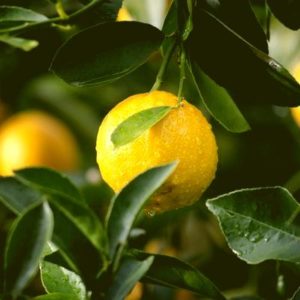
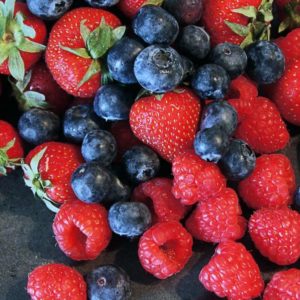
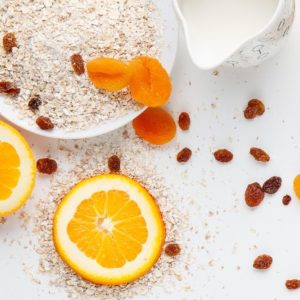
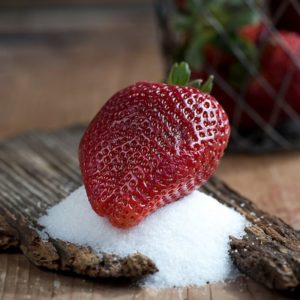
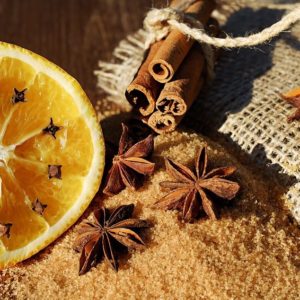
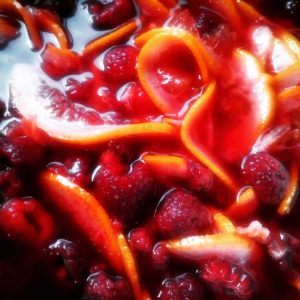
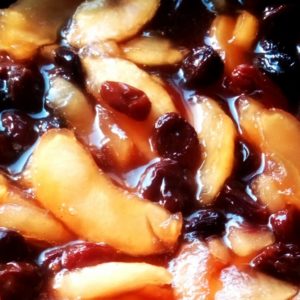
- Journey Into Nostalgia: The Inspiring Genesis of LunaGrown - March 27, 2024
- Discover the Delightful Charm of LunaGrown Jam Today! - March 10, 2024
- Sweet Delights: Fun and Tasty Uses for Apricot Jam! - March 8, 2024

